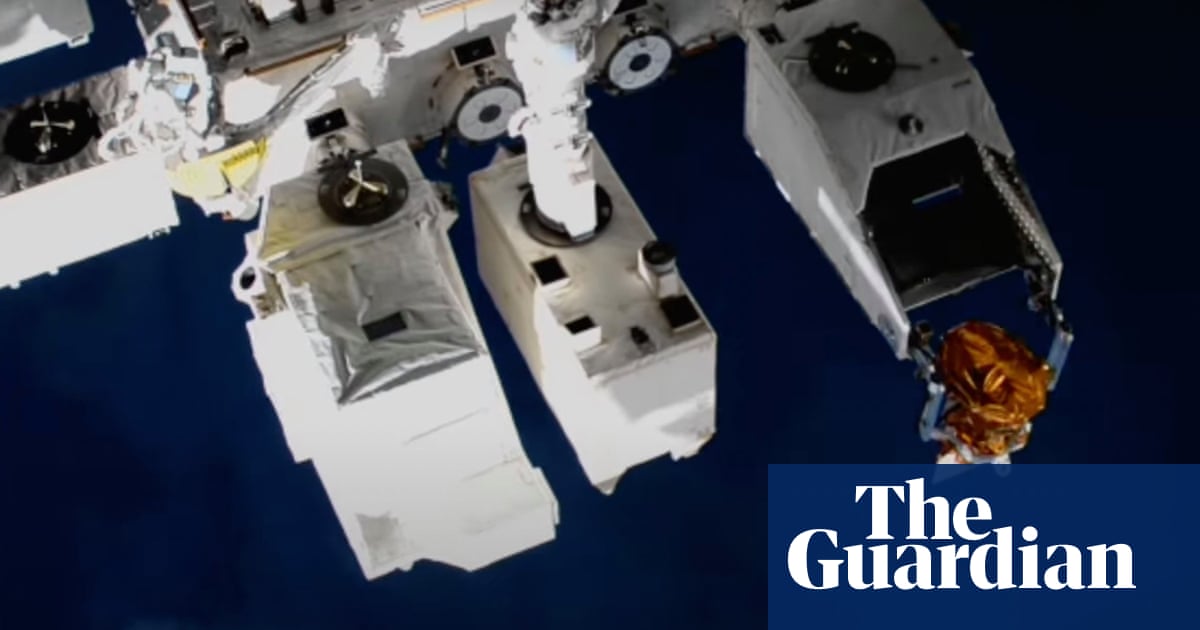
Nasa has extended the life of a key climate and biodiversity sensor for scanning the world’s forests which was set to be destroyed in Earth’s atmosphere.
The Global Ecosystem Dynamics Investigation (Gedi) mission – pronounced like Jedi in Star Wars – was launched from the Kennedy Space Center in Florida to the International Space Station (ISS) in December 2018, and has provided the first 3D map of the world’s forests.
Data from the $100m (£81m) sensor, which uses lasers to measure the structure and health of Earth’s forests, has helped scientists better understand drivers of biodiversity loss and global heating. It was going to be incinerated in the atmosphere at the start of this year. Now, after an appeal from forest experts, Nasa has changed its mind and extended the life of the mission.
The sensor, roughly the size of a fridge, was put into storage last week in the International Space Station while another project completes its mission over the next 18 months. Survival heaters are being deployed to make sure critical components do not get damaged in the cold.
It is understood that the sensor will be reinstalled and could last until the ISS is decommissioned in 2031, giving scientists more data on issues including how much carbon trees store and the effect of forest fires on the atmosphere.
Researchers overseeing the project, based at the University of Maryland, said Gedi would have the chance to finish its work and calibrate its results with other satellites due to launch this decade that will monitor the planet’s ecosystems.
“The outpouring of support we received for keeping the mission alive was incredible,” said Prof Ralph Dubayah, principal investigator on the mission. “Gedi has made over 20bn observations of the 3D structure of forests, over temperate and tropical forests. This data is helping to address longstanding issues on the role of forests in the carbon cycle – what impact has deforestation and degradation had on atmospheric CO2 concentrations?
“The mission’s return in the 2025 timeframe is spot-on for further reporting on the Paris accords. Incredibly, Gedi may well provide a decade-long set of observations of the structure and biomass of forests. From this data we can understand how natural and anthropogenic disturbances are impacting forests and their functioning.
“Nasa has shown great determination and foresight in its decision to continue the mission.”
Thomas Crowther, professor of ecology at ETH Zürich, said: “This is incredible news. Global data about the state of Earth’s ecosystems is vital for our capacity to understand climate change, and to fight against it. Losing this wealth of data would be a travesty for the global climate and biodiversity movements.”
Laura Duncanson, a research scientist on the Gedi team, said: “Extending Gedi until the end of the decade is incredibly exciting at a time when we need to understand how forests are changing in light of climate change, mass restoration efforts, shifting fire and disturbance regimes, and hopefully reduced deforestation.
“I hope Gedi has a restful break and wakes up better than ever in late 2024.”












